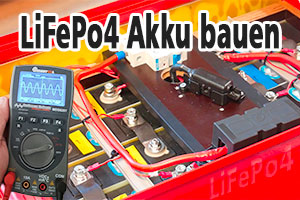Hallo Searcher
Wie kommst du zu diesem Trugschluss?
IOHT P port transient pullup current -1mA?
Das ist nur ein Impuls, für ein paar µs. Dies habe ich schon ganz am Anfang in einem Post beschrieben.
Darüber steht aber:
IOH P port 30-300 μA
Also, entweder den UDN2981 oder Pullups verwenden.
MfG Peter(TOO)








 Zitieren
Zitieren

 Hoffentlich liegt das Ziel auch am Weg
Hoffentlich liegt das Ziel auch am Weg 



Lesezeichen